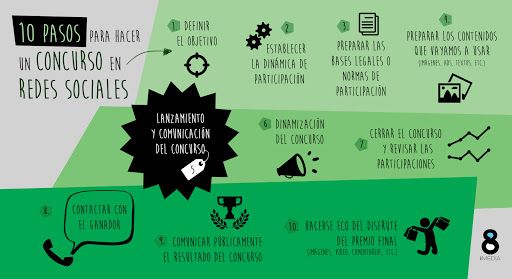Untranslatable Words: A Symbol of a Culture
Are there untranslatable words? Sometimes we come across this question, and after seeing the pile of images of words with… Read more >
Society is changing, consumption and tourism are evolving with it. Experiential marketing in tourism (and in many other sectors) is becoming essential. In this sector, experiences are offered, which we must convey as soon as the customer arrives.
The tourism sector has to adapt to new types of consumers, and experiential marketing offers us the tools to convince them. Of course, guests are international, so it is not enough to remain in our own national context or in our own language.
Experiential marketing is a type of marketing that focuses on the customer rather than the product: it focuses on the benefits to be gained from consuming (and before consuming), rather than on the qualities of what is being offered.
When defining experience marketing, we cannot forget that it connects with the customer on an emotional level: it offers them a link with the brand, expectations prior to purchase, which must be satisfied afterwards.
To fully understand the concept, it is best to see it in action. Here are some examples of experiential marketing:
As we said, the tourism sector already sells experiences, so it may seem that experiential marketing has no place in this sector. Nothing could be further from the truth. One thing is the product you sell (yes, experiences) and another how you sell it (indeed, it can also be done through experiences).
In the tourism sector, the client has also changed. People are now looking for a different way of travelling, and experiential marketing is very useful to adapt to this fact.
The new traveller is no longer just looking for beautiful surroundings, relaxation or comfort. They are looking for a unique experience, and through a good story, we can convince them to experience it with us. Customer service begins before the customer is a customer, and these are some of the actions we can take:

It is obvious. The tourism sector is targeting an increasingly international audience, with more and more people interested in visiting us. International marketing therefore takes on special relevance. We cannot overlook the fact that all this change we are talking about is also taking place outside our borders.
Therefore, translating your brand story and your discourse becomes essential. Experiential marketing must be made international, and the most accessible way is the translation of the content providing added value (blog, social networks…).
International customers also want to feel part of your brand!
Your experiential marketing campaigns in tourism cannot remain in your own language. What’s more, they can’t even be in your own culture. What is touching in one country goes unnoticed in another, and usages that are common among teenagers in one place are more common among middle-aged people in another.
Partner with translation and/or internationalisation experts who know how to advise you on these issues!
Narrating the benefits of our service is no longer enough.
Now, it is time to make the customer feel that they are part of y our brand before they decide to choose it. We must make a difference through experience marketing! Even in a sector like tourism, where we have a tremendously wide range of international clients.
How can you do this? Simple, generate quality content and translate it by adapting it to the context.
Are there untranslatable words? Sometimes we come across this question, and after seeing the pile of images of words with… Read more >
The Chinese market is a giant on the world stage, with continuous growth and a very promising future. Because of… Read more >
Translating for food e-commerce sites is no easy task. Due to factors like the specificity of food, there are many… Read more >